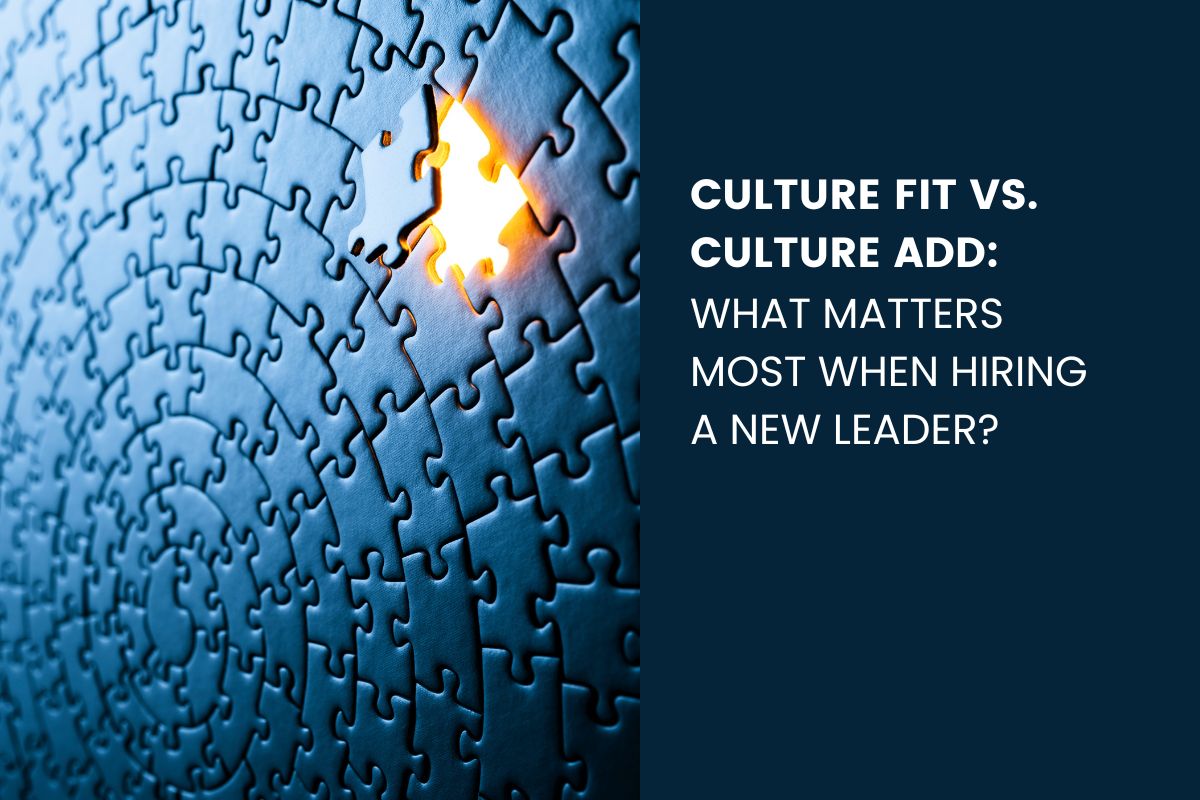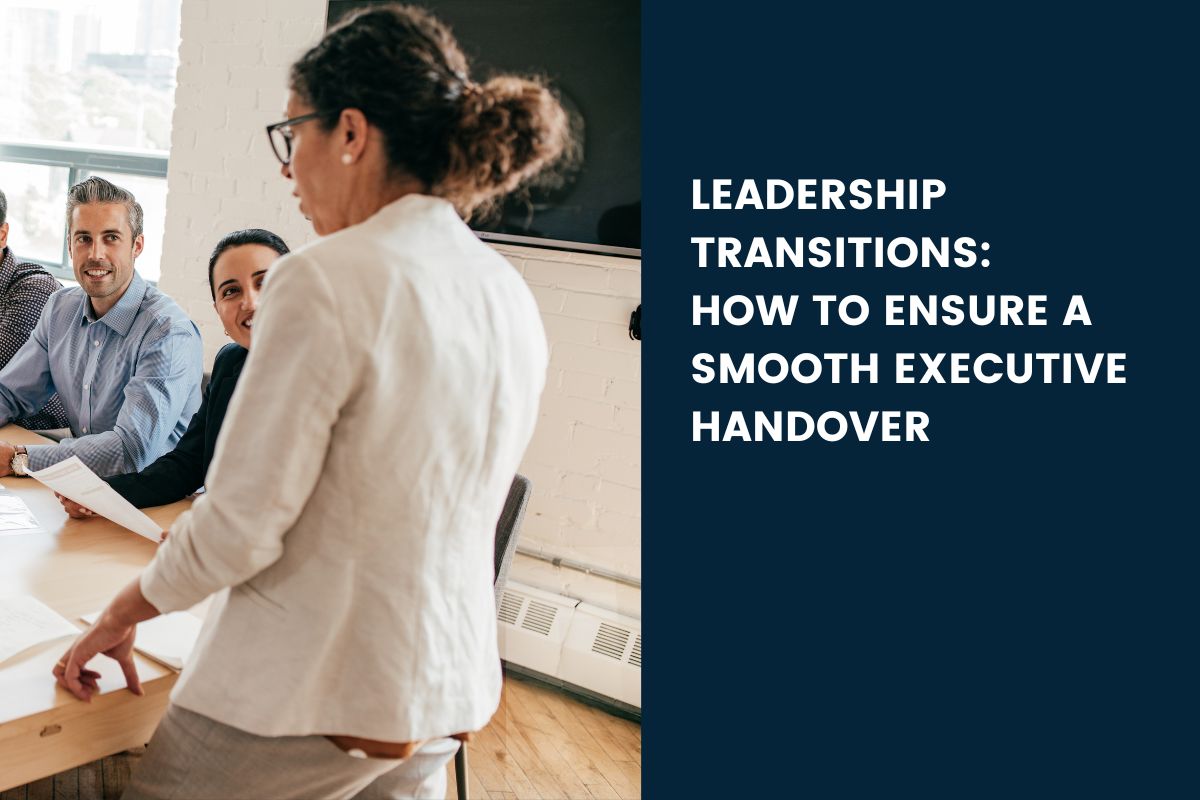Proven Skills vs. Cultural Alignment: The Critical X-Factor
While technical brilliance matters, a leader whose values and behaviours clash with the organisation’s culture can create disruption rather than deliver results. A classic Australian example: a highly capable CFO whose authoritarian style clashed with a collaborative company ethos, leading to turnover and disillusionment within their team.
Industry research shows that nearly 40% of senior executives hired externally either fail, quit, or are pushed out within 18 months, with cultural misalignment often cited as a leading cause. In contrast, leaders who resonate with organisational values inspire trust, faster decision-making, and cohesive team performance.
Culture Fit: More Than Liking the Same Things
Traditionally, “culture fit” meant assessing whether a candidate “got” how things worked internally. It refers to alignment in behaviours, values, and communication styles. Done well, hiring for fit fosters quicker trust, higher engagement, and smoother transitions.
However, when “fit” becomes narrowly defined (Would I choose to socialise with them?), it can lead to homogeneous leadership teams lacking diversity of thought and stifling innovation. Companies such as Atlassian shifted from “culture fit” to “values fit,” seeking alignment on principles rather than social familiarity, leading to marked improvements in leadership diversity.
Culture Add: Building Stronger, More Diverse Cultures
“Culture add” looks beyond fitting in. It seeks leaders who align with core organisational values but also bring fresh perspectives, backgrounds, and ideas that enrich and stretch the culture. Culture add prioritises complementary skills that challenge groupthink, drive innovation, and expand organisational capability.
Hiring a culture add leader strengthens inclusion and creativity. Diverse leadership teams outperform financially, make better decisions, and build stronger connections with employees and customers alike.
Why 2025 Demands a Shift Toward Culture Add
Several trends make getting the culture question right essential:
- Hybrid Work: Leaders must proactively build culture across distributed teams, requiring adaptability and digital savvy.
- Generational Change: Millennial and Gen Z employees value purpose, authenticity, and social responsibility. Leaders must embody these values to retain and engage talent.
- DEI Imperatives: Diversity, equity, and inclusion are no longer optional. Organisations must reflect society’s richness in their leadership.
- Purpose-Driven Leadership: Leaders must genuinely live and breathe the organisation’s mission and values.
- Rapid Innovation: Cultures that embrace diverse thinking adapt faster to disruption.
Industry Perspectives: Startups and Traditional Sectors
- Tech Startups: Initially prioritised culture fit for cohesion but shifted towards culture add to drive innovation and global scalability.
- Traditional Industries (Mining, Finance): Historically favoured fit for continuity but are embracing culture add to transform outdated norms, foster inclusivity, and regain public trust.
Fit and Add Are Not Mutually Exclusive
In 2025, boards must move beyond a binary choice. The most successful executives will fit the organisation’s core values and add new dimensions to its culture. Hiring strategies should probe candidates for values alignment and their potential to evolve the culture positively.
At Galvin-Rowley Executive, we advocate for leadership appointments that respect the culture’s foundations while expanding its future potential. Leaders who live your values and elevate your culture are the ones who will drive your organisation’s success in an increasingly complex world.
Partner with us to secure leadership talent that not only fits your vision but propels it forward.
Visit galvinrowley.com.au to learn more.




